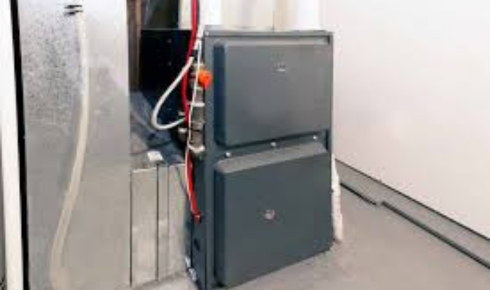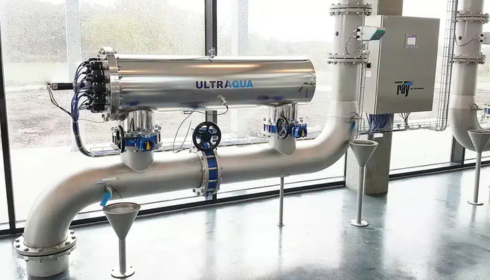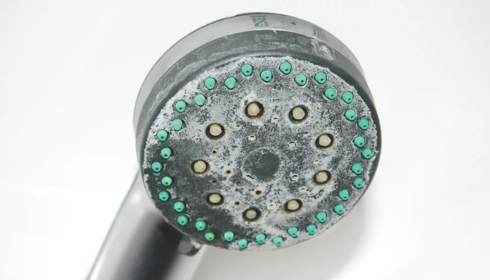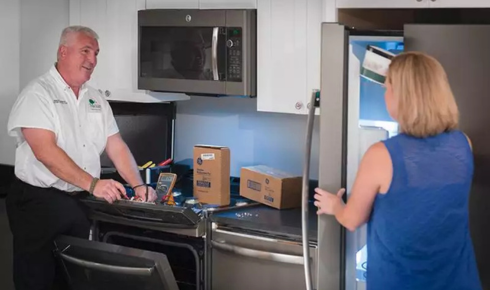It always happens at the worst possible moment, doesn’t it? One minute you’re wrapped up on the couch, sipping something warm, the house humming with that steady heat you barely notice until it’s gone — and then, silence. The furnace stops. The air turns still. Within minutes, you can almost feel the cold seeping in from the walls.
For anyone who’s lived through an Oklahoma winter, that silence is more than inconvenient — it’s unsettling. Because when the temperature drops, there’s something deeply comforting about the low rumble of a working furnace. It’s not just about warmth; it’s about home feeling like home. And that’s exactly why reliable furnace repair yukon ok isn’t something to put off or take lightly.
The Subtle Signs Before the Breakdown
The truth is, furnaces rarely fail without warning. They give clues — small ones — long before the night gets cold enough to make you regret ignoring them. Maybe it’s a faint burning smell when it kicks on, or that odd noise you keep telling yourself is “normal.” Or maybe your thermostat’s been working overtime, but the house never seems as warm as it used to.
These little red flags are easy to brush off, especially when the system mostly works. But they’re usually the early whispers of a bigger issue. And if there’s one thing homeowners learn quickly, it’s that minor repairs are always cheaper (and far less stressful) than emergency replacements at 2 a.m.
A well-timed service call can mean the difference between a quick adjustment and a complete system overhaul. And when your comfort’s on the line, that’s not a gamble worth taking.
What a Furnace Really Does (It’s More Than Just Heat)
When you think about it, a furnace is one of the hardest-working systems in your home. Every winter, it cycles on and off hundreds of times, pulling in air, heating it to just the right temperature, and sending it through ducts to every room.
Over time, that kind of repetitive work wears things down — belts loosen, sensors get dusty, burners get clogged. Even the smallest inefficiency can lead to higher bills or uneven heat. And since Oklahoma winters love to swing between mild and freezing, your system never really gets a break.
That’s why routine maintenance and fast repairs aren’t just about staying warm. They’re about keeping the whole system balanced — efficient, safe, and reliable.
When It’s Not Just About Comfort
Of course, comfort matters. No one wants to shiver through the night. But there’s another layer to furnace issues that homeowners don’t always think about — safety.
A struggling furnace can do more than underperform. In some cases, it can leak dangerous gases like carbon monoxide, especially if there’s a crack in the heat exchanger. It’s odorless, invisible, and can be deadly. That’s why annual inspections aren’t just good practice — they’re essential.
Technicians trained in furnace repair yukon ok know how to spot these risks early. They check for leaks, ensure proper ventilation, and verify that every component is running cleanly. Because sometimes peace of mind is worth more than even the coziest blanket.
The Sounds You Shouldn’t Ignore
Every furnace has a voice. The gentle whoosh of ignition, the low hum as it warms the house — those sounds are normal. But rattles, bangs, or screeches? Not so much.
- Banging or popping could mean expanding ductwork or delayed ignition.
- Squealing often signals a worn-out blower belt.
- Clicking might mean trouble with the ignition system.
These noises are like your furnace’s way of saying, “Hey, something’s off here.” The longer you ignore them, the more expensive they usually get.
That’s why calling for service when something sounds strange isn’t overreacting — it’s smart maintenance. A ten-minute inspection today can save you hundreds (and a headache) tomorrow.
Why Local Service Makes a Difference
There’s a special kind of trust that comes with hiring someone local. They know the quirks of Oklahoma weather, the specific challenges of our homes, and — maybe most importantly — they’re close enough to show up fast when it matters.
Local HVAC companies tend to build relationships, not just customer lists. They’re the ones who remember your system from last year’s tune-up, who take time to explain what’s going on instead of just handing you an invoice.
In a world where so many services feel impersonal, that kind of familiarity means a lot — especially when you’re dealing with something as personal as the temperature of your home.
The Economics of Warmth
Let’s talk dollars for a moment. Because while “comfort” is priceless, energy efficiency isn’t free. A furnace that’s even slightly off balance uses more fuel or electricity to do the same job.
That means higher utility bills, more strain on the system, and a shorter lifespan for your unit. Routine maintenance — cleaning filters, tightening connections, checking airflow — helps your furnace run like new. It’s not glamorous work, but it’s the kind that pays off month after month.
And if you’re the type who likes numbers, here’s one to keep in mind: the Department of Energy estimates that regular tune-ups can reduce heating costs by up to 15%. Not bad for something that also keeps you warm.
The Heart of a Cozy Home
If you’ve ever walked into a cold house after a long day, you know the emotional side of heating. That moment when the air finally feels right — it’s not just physical relief, it’s comfort on a deeper level.
Our homes are where we rest, recharge, and reconnect. They’re supposed to feel safe and steady, no matter what’s happening outside. A reliable furnace plays a bigger role in that than we often realize.
So when it starts acting up, it’s not just about the mechanics — it’s about restoring that feeling of ease.
When Replacement Makes Sense
Sometimes, despite the best maintenance and repairs, a furnace has simply reached its end. Most systems last about 15–20 years, and by the time you’re on your third or fourth major repair, it might be time to start thinking about replacement.
The good news? Modern furnaces are far more efficient than the ones many homes still rely on. They heat faster, use less energy, and operate quietly. And with smart thermostats and zoning options, you can fine-tune your comfort like never before.
If a technician recommends replacement, ask questions. The right contractor will walk you through options that make sense for your home and your budget — no pressure, no pushy sales pitch.
Wrapping It Up: Warmth Is Worth It
In the end, a furnace isn’t just another appliance. It’s a quiet partner in your daily life, keeping you warm when the world outside feels uninviting. Taking care of it — through regular maintenance, quick repairs, and trusted local service — isn’t just good home ownership. It’s an act of comfort.
So the next time your system makes a strange sound, or that first cold draft reminds you how fast winter sneaks in, don’t wait it out. Call someone who knows what they’re doing, get it checked, and keep your home feeling like home.




